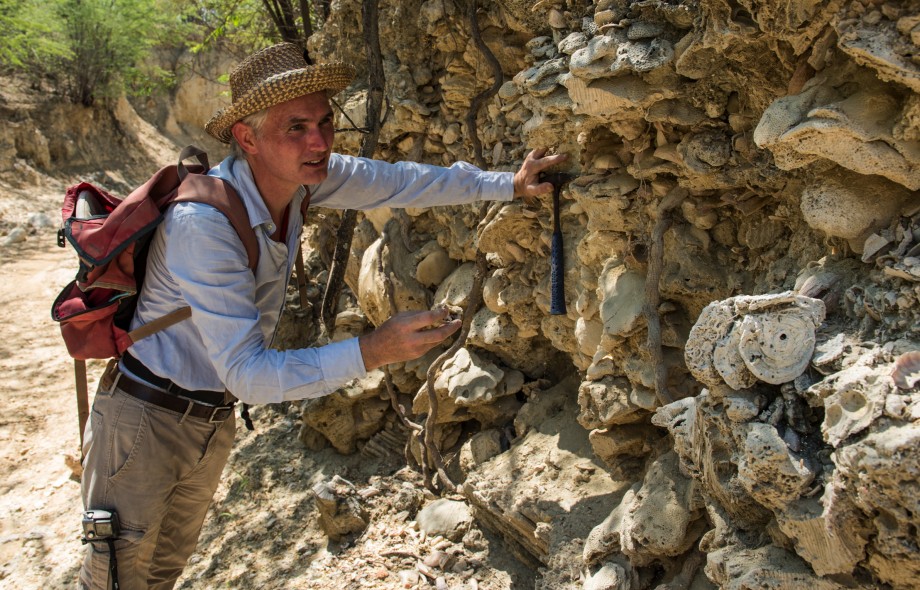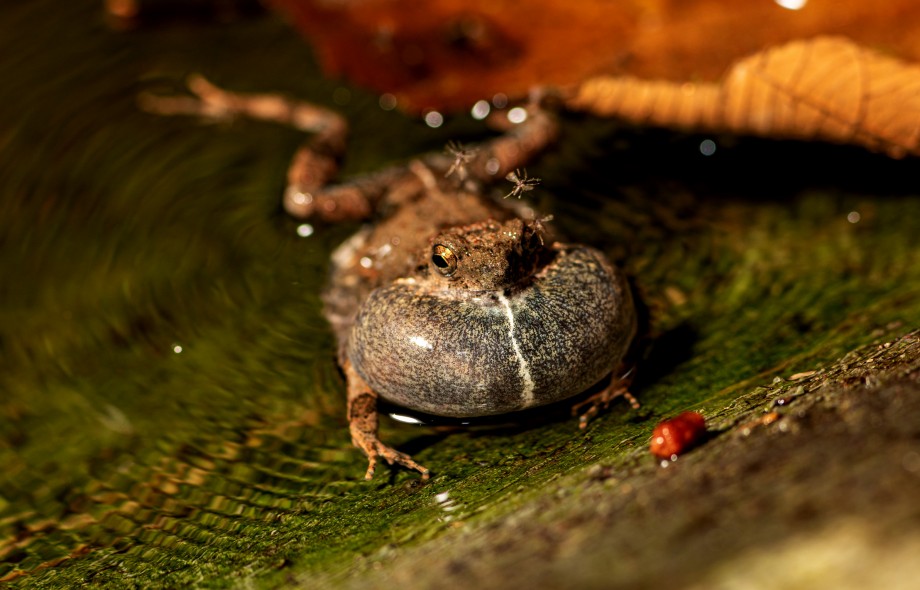Scientists have been thinking about how new species evolve since Darwin wrote On The Origin of Species in 1859. The results presented here call into question some of the most common explanations of how species originate.

From Sound
to Science


You are here
Events & Seminars
Currently, we have no upcoming seminars. For more information click here.
Scientists discovered that swollen-thorn acacias invested more in ant rewards during a drought, suggesting that mutualistic interactions play a crucial role in the plant’s survival, even during climate stress.
Scientists at the STRI Arthropod Lab collaborate with researchers at Cornell’s K. Lisa Yang Center for Conservation Bioacoustics to use sound to monitor insect populations on Barro Colorado Island.
Tribute to a tireless activist in the defense of the oceans
In a major regional review, scientists reveal the critical interplay of biological, cultural, and environmental factors in shaping past human reliance on marine resources along the Pacific coasts of the Central American Isthmus.
STRI Unsung Heroes 2025, New book by Irene Kopelman, Celebrating Scientific Excellence, Science and Wonder at the Summit Botanical gardens and more.
A groundbreaking study of 7000-year-old exposed coral reef fossils reveals how human fishing has transformed Caribbean reef food webs: as sharks declined by 75% and fish preferred by humans became smaller, prey fish species flourished —doubling in numbers and growing larger. This unprecedented look into prehistoric reef communities shows how the loss of top predators cascaded through the entire food web, shifting the balance amongst coral reefs.
Have you ever wondered how city life affects animals like frogs? A new study reveals that urban Túngara frog tadpoles develop faster —but end up being smaller — than tadpoles from forests, probably resulting in smaller adults. This might be an adaptation to warmer urban puddles with fewer predators or to constantly changing environmental conditions in the city.
The air moving above the forest carries valuable information about how trees absorb carbon, and what may happen in the future as global temperatures rise.








